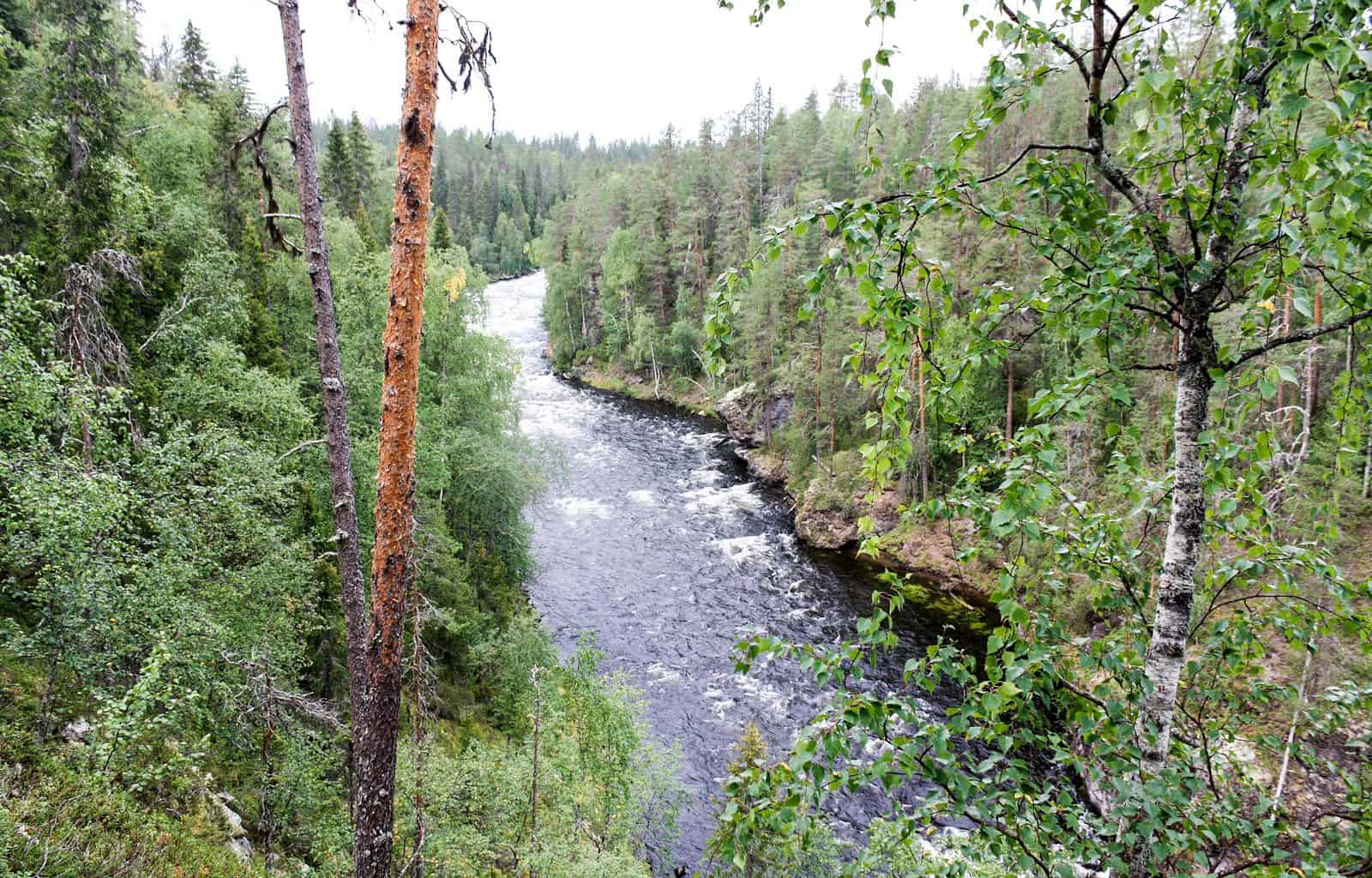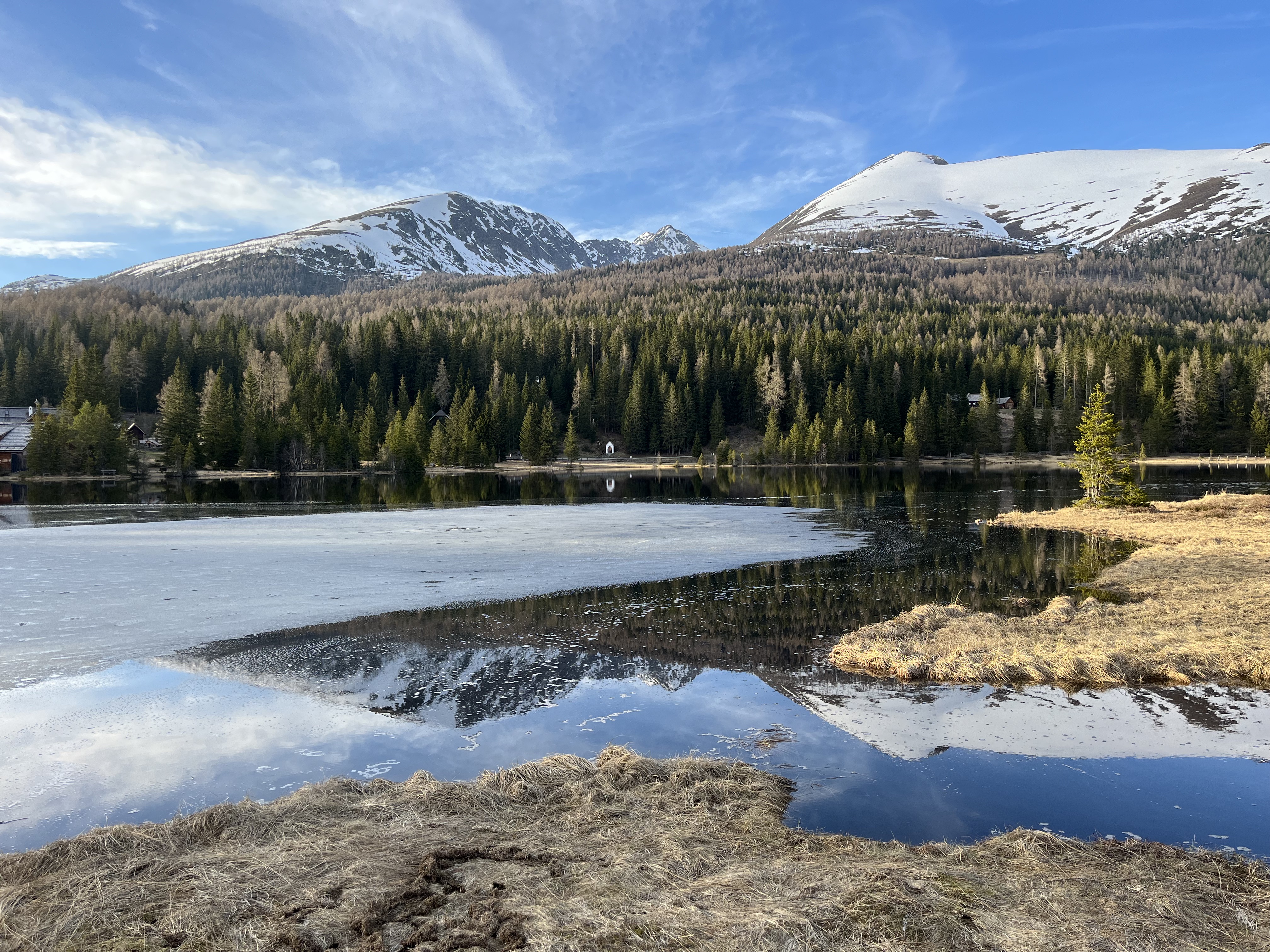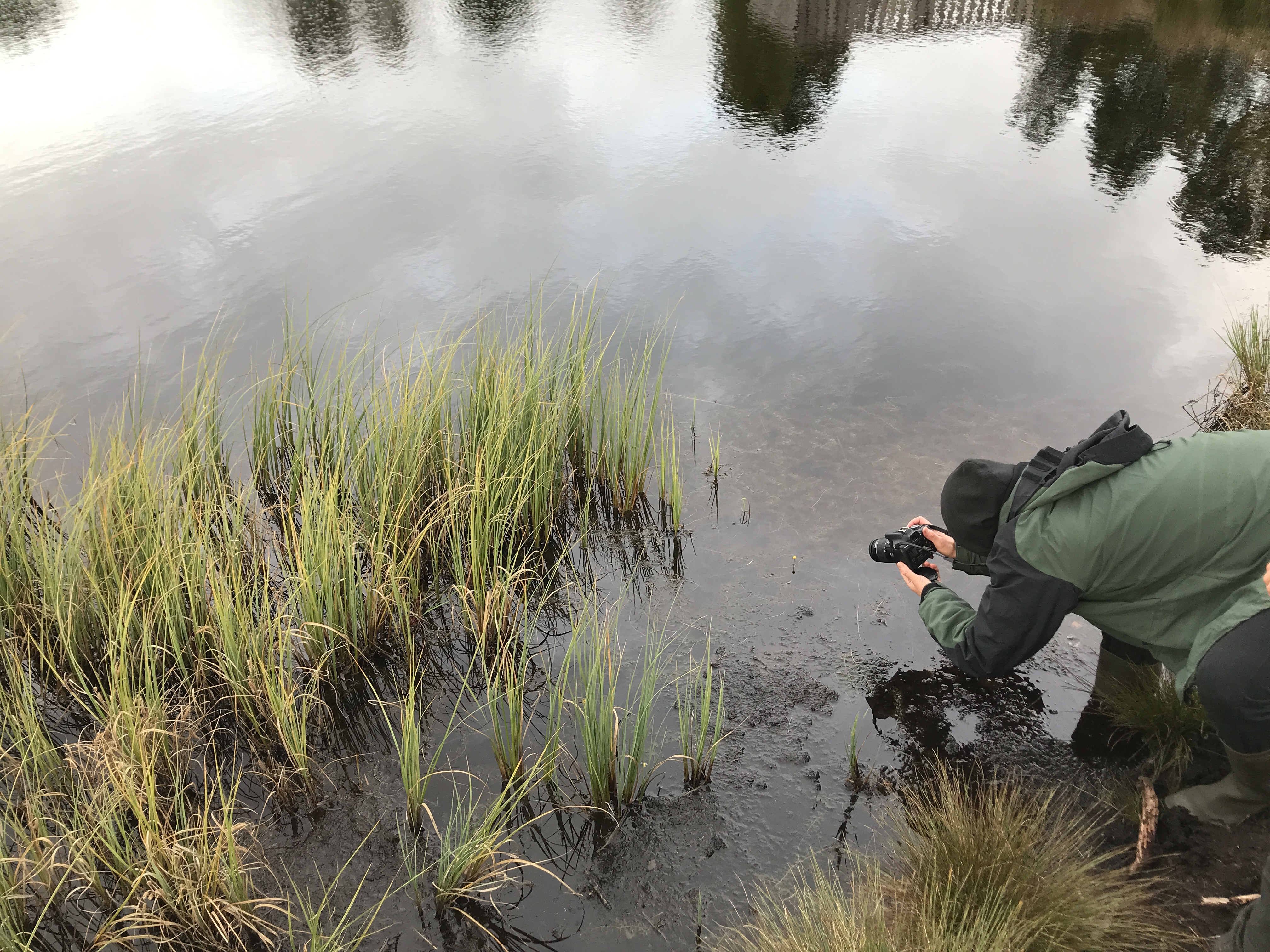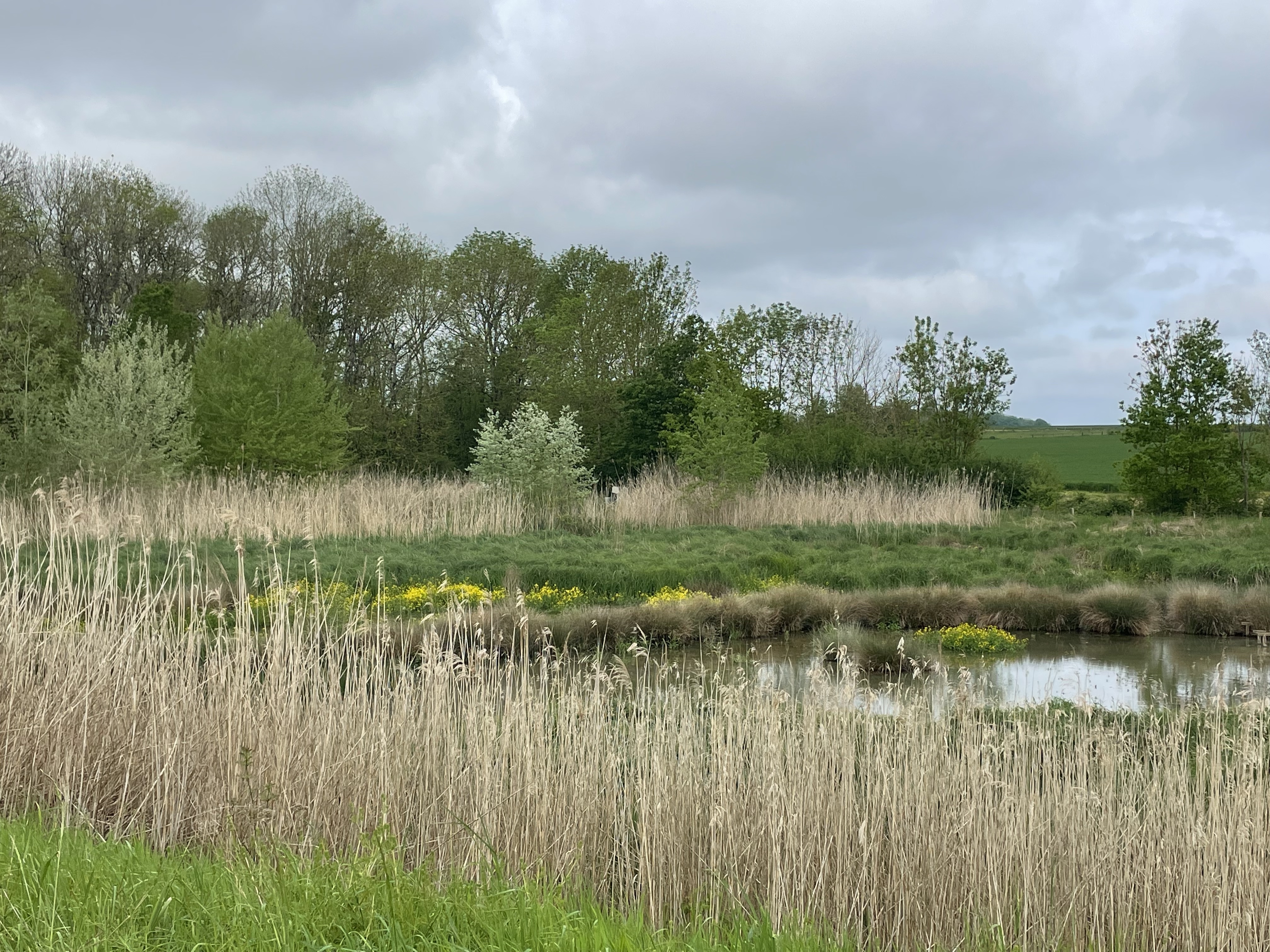Forest is factory to produce water
Approximately 75 % of the world’s accessible freshwater comes from forests. That water is produces for agricultural, domestic, industrial and environmental uses. Majority of the world’s cities relying on forested watersheds for their water supply.
Every day forests replenish the supply of water vapor in the atmosphere. Trees draw up water catch by plants, mosses, ferns, humus and their roots, and release it through their leaves via transpiration.
Forest use water
Forests are significant water users. Water is used to maintain every-day life of forests. Trees use water at their highest rate when they have reached their final height. That is, the maximum height they will grow in their lifetimes. The season when trees the most intensively growth is spring and summer. This period is highly demanding for water supply.
The amount of water used by forests is also influenced by climate, topography, soil, forest age, species composition and forest management practices. Either too little water (as a result of insufficient precipitation or a reduction in groundwater availability), or too much (i.e., long-lasting rains or waterlogging), can have a negative effect on forest health.

Forest hold water
However, forest grown on sandy soil in a low elevation, with a very thin underground vegetation has usually low capacity to hold water. On the other side this ability of the forest, particularly old mountains forest growing on deep structured soil with rich underground vegetation has enormous capacity to hold water. We can say it is a really spongy forest.
This kind of forest absorbs enormous amount of water coming from the rain or melting snow. Then gradually release it to the low elevation, preventing any kind of flooding or damages caused by enormous amount of water running down to the valleys. Capacity to hold water of the forest is also one of the reasons why even in a high mountain, closed to the watershed, creeks are small but always full of the water.
Forest and water cycle
Forests are an important part of the water cycle. Water cycle is defined by continuous movement of water from the ground to the atmosphere and back again. Because this, forests have an impact on the water quantity and quality. Further on also on runoff conditions, the extent of flooding and erosion, flow conditions and the silting of watercourses and rivers alluvium.
Forests help control the water cycle by regulating precipitation, evaporation and water flows. Layers of forest canopy, branches and roots can store and release water vapor, which controls rainfall. Forests can also help reduce the impacts of flood from storms by blocking and slowing down the flow of runoff.

Conclusion
Forest produce water in many ways
- distributes precipitation between the atmosphere and the soil
- act as natural water filters
- regulates water flows and influencing the availability of water resources
- prevents soil erosion
- protects rivers and creeks from excessive deposition of sediments
- limits surface water runoff during downpours and storms
- affects underground water sources
- prevents excessive heating of water in smaller creeks and lakes
- reduces the occurrence and extent of flooding
- maintains the stability and “resilience” of the watershed
- maintains biodiversity (create a living space for fish, amphibians, etc.)
- creates a recreational space around streams, rivers and bodies of water
- creates a favourable microclimate around rivers and streams
- completes the mosaic of the “water” landscape
Forests and the entire biocenosis of plants are an irreplaceable part of the natural water cycle. This biocenosis is therefore vital for the protection of permanent water production. Forests regulate the quantity and quality of water.









